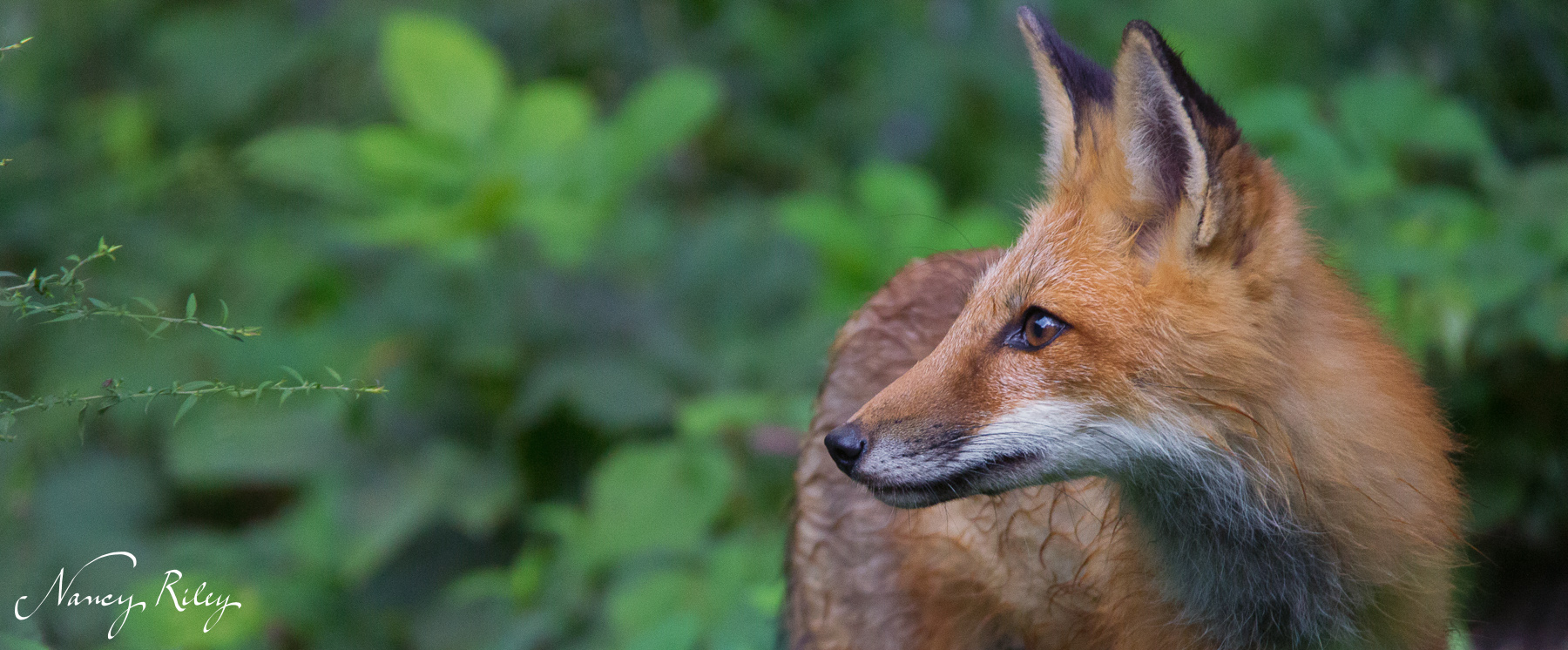Most sports or wildlife photographers long for a little extra reach on their telephoto lenses to isolate distant objects. It is not uncommon for consumer-oriented lenses to reach 300mm, but significantly longer lenses are typically more of an investment than many people can afford.
I, like many photographers, had never used a supertelephoto lens before, but was drawn in by the promising early reviews of the Tamron SP 150-600mm f/5-6.3 Di VC USD lens and its relatively affordable price for a lens of this focal length. Obviously, it is not a wide aperture lens, but it doesn’t have the street price or the weight of one, either. Even though I ordered one fairly early after its release, I had to wait 3 months for mine to arrive.
I had read the specifications before ordering, so I was prepared for the weight and the length, but my biceps could have used a little more preparation. The lens weighs 4.3 pounds and extends 10 inches, so imagine clamping a half-gallon milk jug to the front of your camera, and you get the idea. Once you attach the lens hood in shooting position, it makes quite a statement.
To give you an idea of the field of view at 600mm, I found that I could actually get more in the field of vision seen through a drinking straw held up to my eye while wearing glasses. After struggling to pinpoint the position of perched birds several yards away, I salute those who are able to track birds in flight using high focal lengths.
Besides the narrow field of view, an unfocused lens at 600mm gives you a degree of blur that you don’t see with a lens of a normal focal length. If I switched to a subject at a different distance, the initial unfocused view had so little contrast that when I started, I had to turn the manual focus ring until there was enough definition for the autofocus to pick up and bring everything into sharp focus. I was able to adjust my custom settings on my camera to increase its persistence in autofocus attempts, so this reduced my need to manually focus.
There are several excellent technical reviews and lens tests out there, so I won’t attempt to replicate them, but I did find the lens to be reasonably quick with autofocusing, once I worked out the custom settings. The motor itself is very quiet and fast, comparable to my Canon 70-200mm f/2.8L IS II, especially if you make allowances for the Canon’s advantage in focusing with the large aperture. The difficulty is that in real life situations where this lens is likely to be used, such as shooting birds in trees, it is difficult to get the lens to focus on the subject and not the surrounding leaves or twigs. Part of the problem may have been that the weight of the lens and the long focal length made it challenging to keep the autofocus point steady over the bird’s eye long enough to lock focus. The depth of field at 600mm is also quite narrow, even at several yards away, at f/6.3.
On the subject of steadiness, I have typically been able to shoot at significantly lower shutter speeds than recommended at a given focal length using the reciprocal rule, particularly if the lens had some sort of stabilization feature. With this lens, however, I found I had to keep my shutter speed at 1/640 second or higher to avoid camera shake, even with the vibration compensation engaged. This may be due to my lack of upper body strength, as I previously noted. I didn’t use a tripod or a monopod, because they slow me down too much.
I did not buy the Tamron 150-600mm lens expecting it to instantly make me a master wildlife photographer, which is good, because it didn’t. I did find that it opened up opportunities to get much tighter compositions, and it showed me where I have weaknesses to work on (left biceps and deltoid, for example). I’m looking forward to trying the lens out in other situations, such as field sports, as well.














Leave A Comment